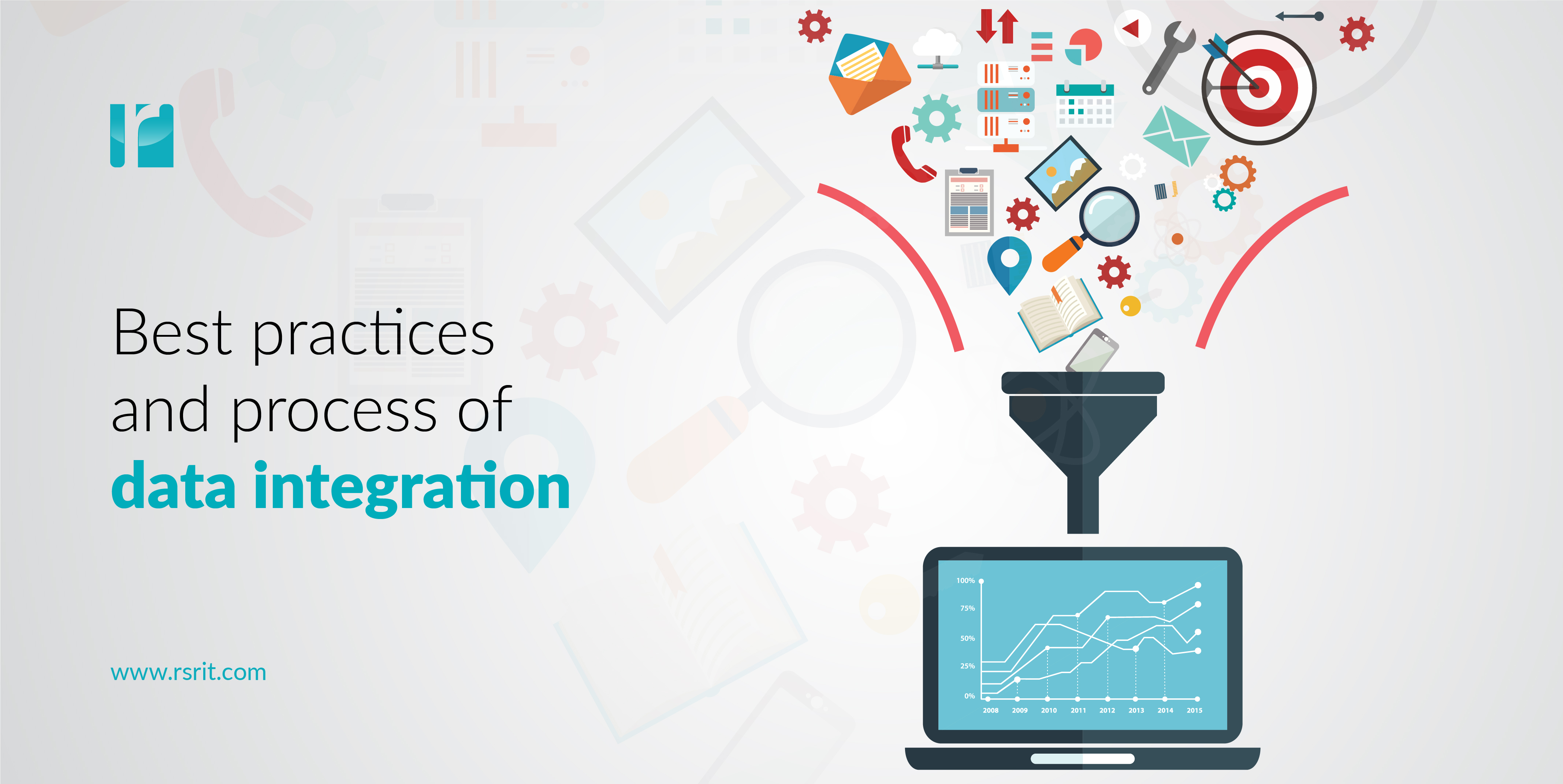The era of Big Data is in many ways the era of data integration. While some organization could theoretically be fortunate enough to have end-to-end control over all relevant data, in the real world data comes from a variety of sources, in a variety of formats, and at varying speeds. The process of bringing all that data together into an integrated whole is known as data integration, and doing it well can mean the difference between success or disappointment in your organization’s most strategic IT initiatives.
This is especially true for organizations implementing AI or machine learning capabilities, as the actionable insights that can be drawn from the interactions between data are impacted by the way the underlying data is collected, stored, combined and transformed.
No industry is exempt from data integration, but some have especially business-critical needs. Manufacturing is an obvious example, with complex supply chain networks including multiple systems working together and providing data from a variety of sources. Data integration can help coordinate this data from operations, purchasing, demand planning, inventory and supply to create a network of connections to fuel more efficient analytics. Insurance, finance and banking companies facing increased competition, evolving customer preferences and tighter margins are bringing in more data from outside the organization than ever before, with associated integration challenges. Retailers and other heavily consumer preference-dependent companies are expanding their analytics capabilities, which creates new data integration needs as traditional silos are broken down and new connections are constructed between resources.
The core process of data integration is known as ETL, for “extract, transform, load.” Data must be extracted from the originating source system, transformed to comply with the destination system’s rules and loaded into its new database or other home.
An organization’s ETL processes can - and eventually must - work either on a batch basis or in real time, between databases or applications, and at virtually any volume.
This process is simple to describe, but can be cripplingly complicated to make work in practice, depending on a variety of factors. That’s why our data integration offerings begin with developing an architecture that meets both current and future business needs.
Key components of this process are standardization and the implementation of best practices that shrink lead time and reduce total cost of ownership. The more consistency that can be “baked into” a data integration ETL process up front, the greater the efficiencies down the road – especially when data volumes begin to scale.
What is your organization doing to ensure that all the new data to which you have access is being integrated efficiently, effectively and in a scalable manner? Are you missing out on opportunities to reduce total cost of ownership by building in efficiency as early as possible?
Contact us to find out what that could look like for you.



